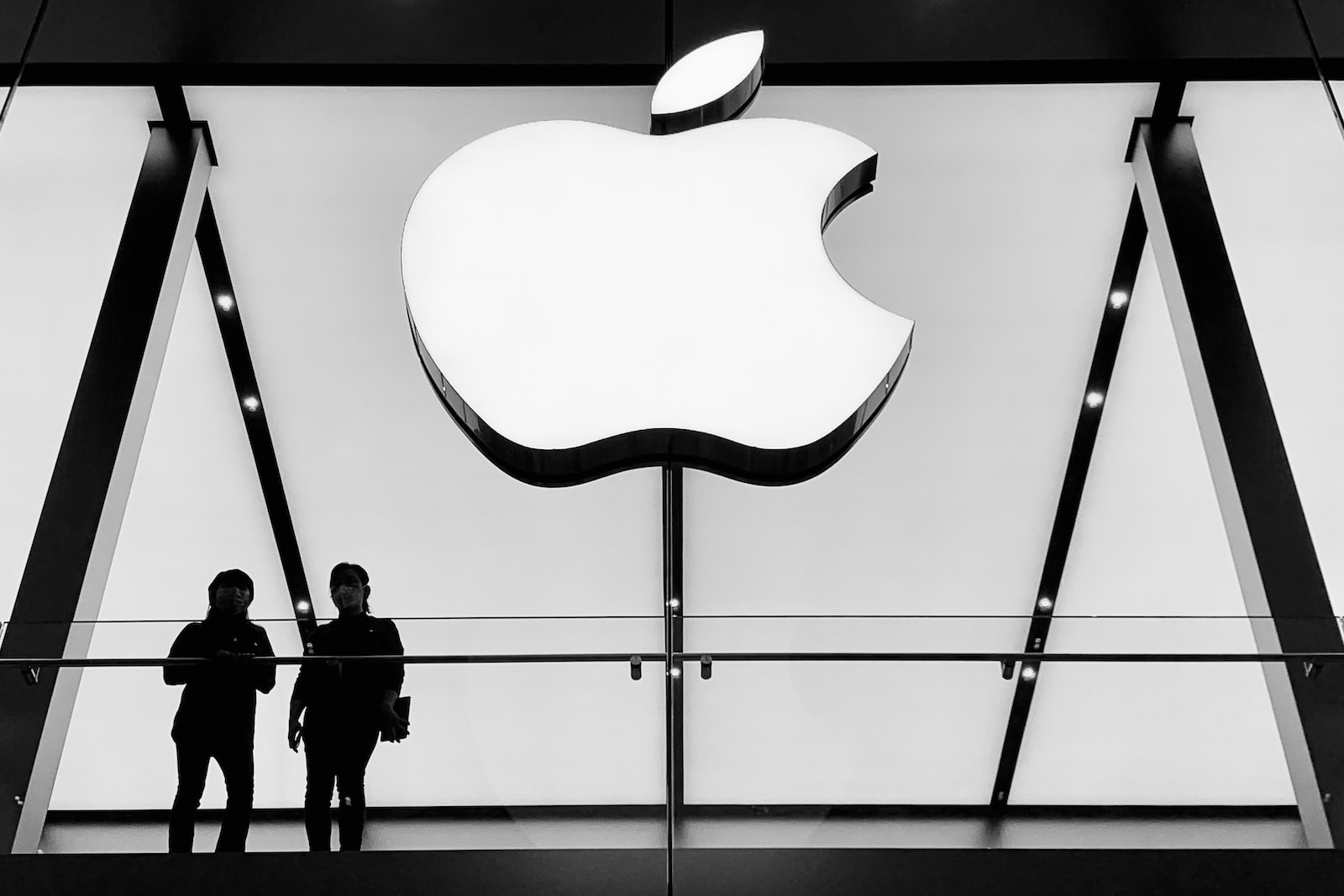[ad_1]
In today’s rapidly evolving technological landscape, the concept of the metaverse has captured the imagination of both industry experts and the general public. However, the lack of a clear and universally accepted definition for the metaverse has hindered its progress and potential. This article explores the power of definitions in shaping an industry, with a particular focus on the metaverse. We delve into the challenges posed by the absence of a consensus on the metaverse and how Apple’s recent announcement is challenging the notion of what the metaverse truly represents.
The Need for Clear Definitions
Definitions play a pivotal role in any industry, providing a common language and understanding. Without a precise definition, the metaverse concept remains vague and open to interpretation, leading to confusion and fragmentation. A lack of consensus on fundamental aspects of the metaverse hinders collaboration, investment, and innovation, as stakeholders may have different expectations and goals. Here at the metaverse insider we’ve defined the metaverse across industrial, enterprise and social verticals offering a fresh prospective on the applicable use cases of metaverse technologies.
The Metaverse’s Identity Crisis
The metaverse, often described as a virtual reality (VR) or augmented reality (AR) space where users can interact with a persistent, shared digital environment, lacks a definitive framework. While the concept has gained significant attention, different companies and experts have diverse interpretations of what the metaverse truly entails. This lack of consensus creates a challenge for stakeholders, as it becomes challenging to develop cohesive strategies or effectively allocate resources.
Apple’s Spatial Computing and the Redefinition of the Metaverse
In the midst of this identity crisis, Apple’s recent announcement regarding spatial computing in it’s Vision Pro headset offers a unique perspective on the metaverse. Spatial computing, which blends the digital and physical worlds seamlessly using mixed reality and AI integration, challenges the traditional notions of a fully immersive virtual environment. Apple’s approach highlights the importance of real-world integration, emphasizing the use of AR technology to enhance our physical surroundings rather than replacing them entirely.
The Implications and Potential Impact
Apple’s vision of the metaverse through spatial computing opens up new possibilities and shifts the conversation around what the metaverse could be. By intertwining spatial computing with our physical reality, Apple is redefining sheer definition of the metaverse to be more mixed reality focused rather than full immersion showcasing how the technology can impact enterprise, industrial and social aspects of the ‘metaverse’. This interpretation has the potential to attract a wider audience and encourage greater adoption of technologies.
To realize the potential of the metaverse, industry stakeholders must come together and work towards a consensus on its definition. A shared understanding will foster collaboration, encourage investment, and fuel innovation. Organizations, industry associations, and experts need to engage in ongoing dialogue and establish guidelines and standards that shape the future development of the metaverse.
Attempts have been made by industry experts, such as the Metaverse Insider, to define and provide clarity to the metaverse concept. Our efforts have brought some level of success, offering a framework and guiding principles for the industry. However, despite these endeavors, there remains a significant level of disagreement among stakeholders regarding the fundamentals of what the metaverse truly means.
The power of definitions in shaping an industry cannot be overlooked, and the metaverse is no exception. The absence of a clear definition has hindered progress and created an identity crisis within the metaverse industry. However, Apple’s recent announcement regarding spatial computing challenges traditional notions of the metaverse, offering a fresh perspective and redefining the concept. By building consensus and fostering collaboration, the industry can overcome these challenges, paving the way for a thriving and inclusive metaverse that benefits us all.
[ad_2]
Read More: metaverseinsider.tech









 Bitcoin
Bitcoin  Ethereum
Ethereum  Tether
Tether  XRP
XRP  Solana
Solana  USDC
USDC  TRON
TRON  Dogecoin
Dogecoin  Lido Staked Ether
Lido Staked Ether  Cardano
Cardano  Wrapped Bitcoin
Wrapped Bitcoin  Hyperliquid
Hyperliquid  Wrapped stETH
Wrapped stETH  Sui
Sui  Bitcoin Cash
Bitcoin Cash  Chainlink
Chainlink  LEO Token
LEO Token  Stellar
Stellar  Avalanche
Avalanche  Toncoin
Toncoin  USDS
USDS  WhiteBIT Coin
WhiteBIT Coin  Shiba Inu
Shiba Inu  Wrapped eETH
Wrapped eETH  WETH
WETH  Litecoin
Litecoin  Binance Bridged USDT (BNB Smart Chain)
Binance Bridged USDT (BNB Smart Chain)  Hedera
Hedera  Monero
Monero  Ethena USDe
Ethena USDe  Polkadot
Polkadot  Bitget Token
Bitget Token  Coinbase Wrapped BTC
Coinbase Wrapped BTC  Uniswap
Uniswap  Pepe
Pepe  Pi Network
Pi Network  Aave
Aave  Dai
Dai  Ethena Staked USDe
Ethena Staked USDe  Bittensor
Bittensor  OKB
OKB  BlackRock USD Institutional Digital Liquidity Fund
BlackRock USD Institutional Digital Liquidity Fund  Aptos
Aptos  Cronos
Cronos  Internet Computer
Internet Computer  NEAR Protocol
NEAR Protocol  Jito Staked SOL
Jito Staked SOL  sUSDS
sUSDS  Ethereum Classic
Ethereum Classic